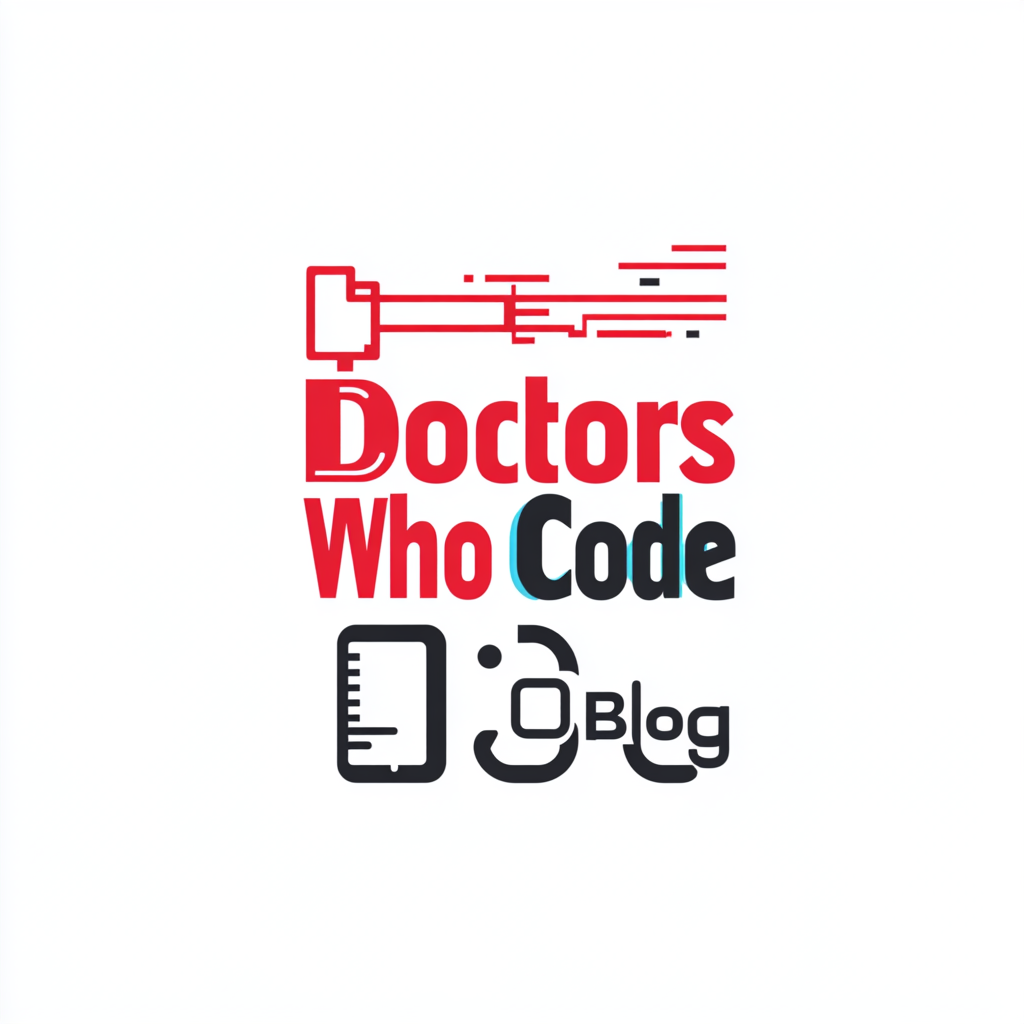Meta Description: Learn how Python programming can revolutionize your medical practice. From patient data analysis to AI diagnostics, discover practical applications for physicians. Start today!

Table of Contents
- Why Learn Python in Healthcare?
- Key Applications for Medical Professionals
- Getting Started with Python for Healthcare
- Essential Python Tools for Physicians
- Learning Resources and Next Steps
Why Learn Python in Healthcare?
Healthcare technology is rapidly evolving, and Python programming has emerged as a crucial tool for modern medical practice. As a physician, mastering Python can transform how you analyze patient data, automate clinical workflows, and implement AI-driven diagnostics. This comprehensive guide will show you exactly how Python can enhance your medical practice and research capabilities.
The Python Advantage in Medicine
Python stands out as the ideal programming language for healthcare professionals for three key reasons:
- Intuitive syntax that resembles natural English, making it accessible for medical professionals with no coding background
- Extensive healthcare-specific libraries and frameworks designed for clinical data analysis
- Strong community support within the medical informatics field
Key Applications for Medical Professionals
Data Analysis and Clinical Insights
Modern healthcare generates massive amounts of patient data. Python’s powerful data analysis capabilities help you:
- Process and analyze large-scale electronic health records (EHRs)
- Create comprehensive visualizations of patient outcomes
- Identify population health trends and risk factors
Healthcare Automation Solutions
Streamline your practice with Python-powered automation:
- Automated appointment scheduling and reminder systems
- Electronic health record (EHR) data extraction and analysis
- Patient communication workflow optimization
AI-Driven Medical Diagnostics
Python enables physicians to leverage artificial intelligence:
- Develop machine learning models for disease prediction
- Implement computer vision for medical imaging analysis
- Create natural language processing systems for clinical documentation
Research and Clinical Trials
Transform your research capabilities with Python:
- Statistical analysis of trial data
- Reproducible research workflows
- Automated literature review processes
Essential Python Tools for Physicians
Core Libraries for Medical Applications
- Pandas: Medical data analysis and manipulation
- Matplotlib: Clinical data visualization
- TensorFlow: Medical imaging and diagnostic AI
- scikit-learn: Predictive analytics for patient outcomes
- NLTK: Processing medical documentation
Getting Started with Python for Healthcare
Learning Resources for Medical Professionals
Start your Python journey with these physician-focused resources:
- Healthcare Python Tutorials on Coursera
- Medical Coding Workshops on Codecademy
- Clinical Data Analysis Courses on freeCodeCamp
Practical Implementation Steps
- Install Python and essential medical libraries
- Begin with basic data analysis projects
- Progress to automation scripts for your practice
- Advance to AI and machine learning applications
Future Applications and Trends
The integration of Python in healthcare continues to expand:
- Precision medicine analytics
- Genomic data processing
- Real-time patient monitoring systems
- Predictive healthcare modeling
Ready to Level Up Your Medical Game?
Transform your medical practice with Python programming. Start your learning journey today and join the growing community of tech-savvy physicians improving patient care through code.
Last Updated: December 2024
